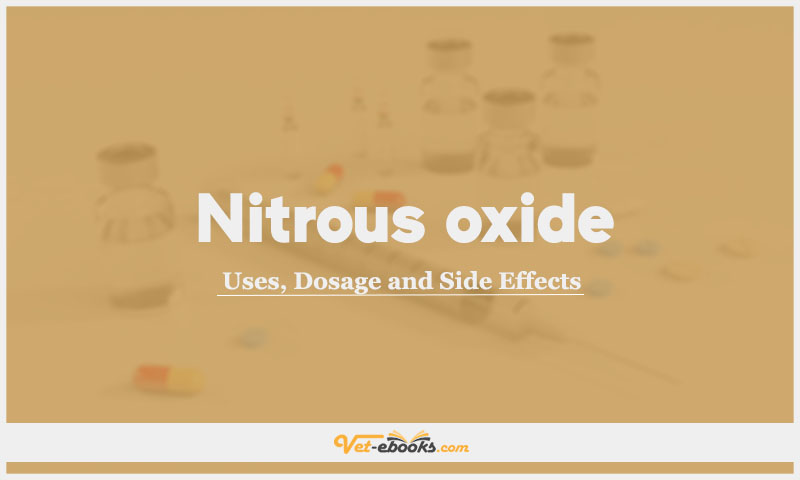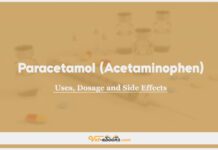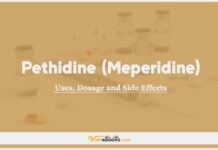Nitrous oxide In Dogs & Cats: Uses, Dosage and Side Effects

Overview
- Causes CNS depression.
Uses of Nitrous oxide
- When used in conjunction with oxygen, nitrous oxide is employed to transport volatile anaesthetic agents like isoflurane for both the initiation and continuation of anaesthesia.
- Nitrous oxide has the effect of diminishing the amount of inhaled anaesthetic agent needed to sustain anaesthesia.
Dose of Nitrous oxide in Dogs and Cats
Dogs, Cats:
- Inspired concentrations of 50–70%.
Drug Dosage Calculator
You Should Give:
Side Effects of Nitrous oxide in Dogs and Cats
- N2O oxidizes the cobalt ion found in vitamin B12, rendering it incapable of functioning as a cofactor for methionine synthase.
- Consequently, this leads to a decreased production of methionine, thymidine, tetrahydrofolate, and DNA.
- Short-term exposure, lasting only a few hours, may cause megaloblastic alterations in the bone marrow, while more extended exposure, spanning a few days, can result in agranulocytosis.
Contraindications of Nitrous oxide in Dogs and Cats
- Avoid administering nitrous oxide to patients with air-filled cavities in their body, such as pneumothorax or gastric dilatation, as nitrous oxide can cause swift expansion of any gas-filled spaces, leading to an increase in volume or pressure.
- Additionally, refrain from using it on animals with significant respiratory difficulties, as it carries the risk of hypoxia.
- Furthermore, do not administer nitrous oxide to animals with elevated intracranial pressure, as it can lead to an increase in cerebral blood flow.
Some Notes:
- The introduction of N2O at the outset of volatile agent anaesthesia enhances the rapid uptake of the volatile agent from the alveoli through the second gas effect and concentration effect, expediting the achievement of a stable level of volatile agent anaesthesia.
- It’s important to supplement with oxygen for 5-10 minutes after discontinuing N2O to prevent diffusion hypoxia.
- N2O has minimal impact on respiratory and cardiovascular functions and is a valuable addition to a balanced anaesthesia approach.
- A minimum oxygen concentration of 30% must be maintained during anaesthesia.
- When N2O is employed in rebreathing circuits at low flow rates, the inspired oxygen concentration may drop to critically low levels.
- It should not be used in such systems unless the inspired oxygen concentration can be continuously monitored on a breath-by-breath basis.
Tip
Do You Want To Increase Your Veterinary Knowledge and Practical Skills?
You Can Now Browse and Download +3000 Books For Veterinary Professionals & Students Online.
Download Veterinary Books




















